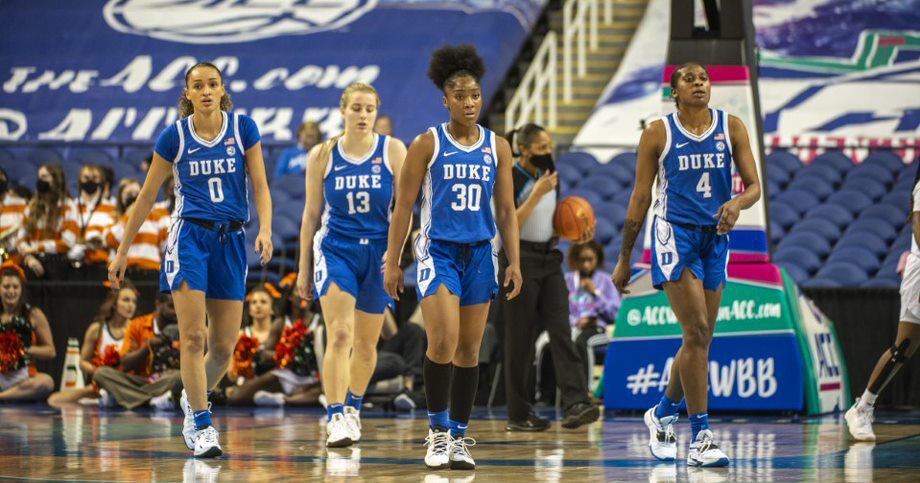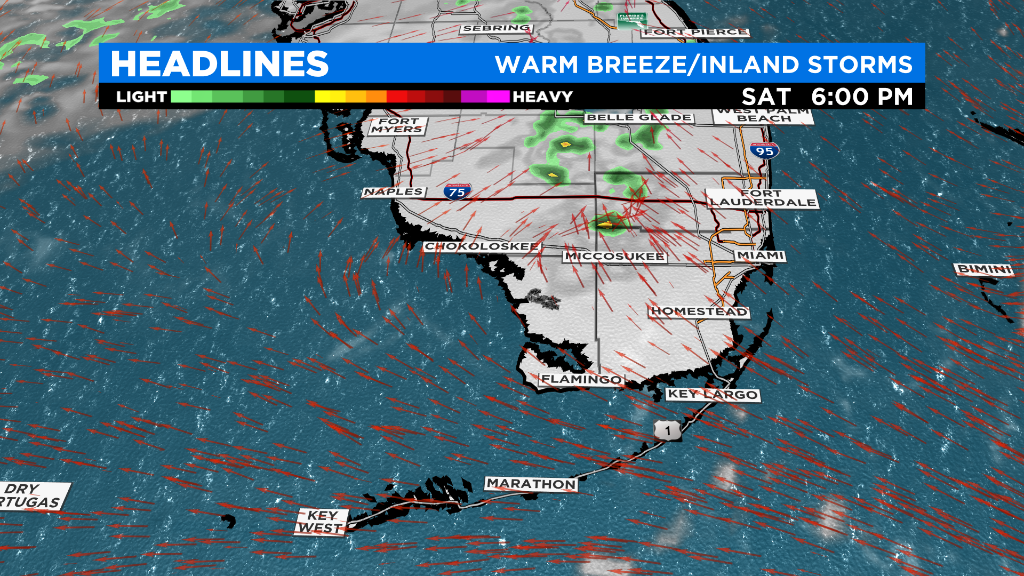2022-23 NBA Trade Deadline: What are the Miami Heat’s biggest needs?
The 2022-23 NBA Trade Deadline is just under two weeks away! The Miami Heat, who are 28-22 and currently 1.5 games out of the No. 4 seed in the Eastern Conference, have not made a trade yet, and might not make one at all! But assuming they do, let’s address a few of their biggest needs, in no particular order.
Starting Power Forward:
Miami resorted to not replace P.J. Tucker, who departed to the Philadelphia 76ers on a three-year, $33.2 million deal over the offseason. Instead, it elected to look in-house at Caleb Martin, a dynamic 27-year-old wing who it signed to a two-way deal prior to the 2021-22 season.
Martin, to his credit, has had a good season, averaging 10.0 points and 4.7 rebounds on 44.5/38.0/80.8 shooting splits, despite not garnering much usage. He even had a month-long stretch (Nov. 14-Dec. 10) when he posted averages of 14.3 points, 5.1 rebounds, 2.0 assists and 1.1 steals on 45.8 percent shooting from 3-point range on 5.1 triple tries per game.
But ever since suffering a quad injury, Martin’s looked like a shell of himself — even though he looked more spry on both ends in Friday’s win over the Orlando Magic. He’s still defending the opposing team’s best players — most recently being Trae Young, Luka Doncic and Jayson Tatum — at least to start the game, while also having to switch onto opposing bigs for prolonged periods of time certain possessions. He’s getting physically worn down, and it’s affected his play, for the most part.
It’s not a surprise that Martin’s not a long term option at the position. Acquiring a more reasonable long term solution, and transitioning Martin back to his bench role as a two-way wing, would be the most ideal outcome — should Martin’s $6.5 million salary not get traded.
Backup Big:
Miami’s backup big situation this year has been #notgreat™.
Dewayne Dedmon, who re-signed a two-year, $9 million deal in the offseason, has nothing short of a disaster for a majority of the season. And that situation ultimately ended with him heaving a Theragun onto the hardwood; he has not seen the court since.
Heat rookie Orlando Robinson, who’s currently on a two-way contract, has done a fine job mitigating any damage when Adebayo’s not on the floor. He’s fundamentally sound as a screener, on the glass and as a roller, not trying to do too much. Over his last 15, he’s averaging 3.7 points and 4.4 rebounds in 13.6 minutes.
While Robinson should remain in the rotation for the time being, he’s still only eligible to play 27 of Miami’s final 32 regular season games and unable to play in the postseason. Miami can convert Robinson to a standard contract — similarly to what they did with Martin last year — but that would put them over the luxury tax, which I’m not sure they’d want to enact unless if it was for a bigger upgrade. And Omer Yurtseven could be nearing a return in the second-half, but may not be the most reliable option behind Adebayo.
Thus, the best option is to trade for a backup big with size and mobility who could give 10-15 solid minutes on any given night.
Size, Athleticism:
Speaking of size: The Miami Heat aren’t big, nor are they very athletic.
Jimmy Butler is the only player capable of consistently attacking the cup off the bounce — with sporadic efforts from Victor Oladipo, Tyler Herro, Kyle Lowry and Gabe Vincent.
Another slasher to generate paint touches — the most fashionable form to produce good offense — bends more defenses, creating more advantages and subsequently opening up additional gaps. Miami ranks in the top-half of the league in paint touches, but not in drives. Though another athletic guard/wing who could consistently generate such touches off drives will heighten its offensive ceiling.
In regards to their size, the two biggest active rosterees are Orlando Robinson and Dedmon, with only one in the current rotation rightfully. Miami compensates for its lack of height with its over-aggressive, physical blueprint. But additional size — ahem, a backup big — alleviates pressure off Butler, Martin, Lowry and Max Strus, among others, near the rim and on the glass. No, I’m not saying to find the first 7-foot stretch-five to start next to Adebayo, rather find (two-way) depth with size to that compliments the rest of the group who can provide future lineup flexibility.
3-point shooting:
Miami’s 3-point shooting drop-off — with practically the same roster as last year — has been confounding.
Miami Heat 3-point shooting: 2021-22 to 2022-23
| PLAYER | 2021-22 3P% | 21-22 3PA | 22-23 3P% | 22-23 3PA | 21-22 to ’22-23 3P% | 21-22 to ’22-23 3PA |
|---|---|---|---|---|---|---|
| PLAYER | 2021-22 3P% | 21-22 3PA | 22-23 3P% | 22-23 3PA | 21-22 to ’22-23 3P% | 21-22 to ’22-23 3PA |
| Caleb Martin | 41.3% | 2.6 | 37.2% | 3.6 | -4.1% | +1.0 |
| Duncan Robinson | 37.2% | 7.9 | 33.1% | 5.0 | -4.1% | -2.9 |
| Gabe Vincent | 41.7% | 4.8 | 32.8% | 5.0 | -8.9% | +0.1 |
| Kyle Lowry | 37.7% | 6.1 | 33.6% | 6.2 | -4.1% | +0.1 |
| Max Strus | 41.0% | 6.5 | 34.0% | 7.8 | -7.0% | +1.3 |
| Tyler Herro | 39.9% | 6.7 | 36.5% | 8.2 | -3.4% | +1.6 |
| Victor Oladipo | 41.7% | 4.5 | 30.2% | 4.8 | -11.5% | +0.3 |
Here’s its drop-off in spot-up 3-point shooting, which sunk from the league’s fourth-best efficiency (38.1 percent) to *checks notes* dead last (33.4 percent) this season.
Miami Heat C&S 3-point shooting: ‘21-22 to ‘22-23
| PLAYER | 2021-22 Catch & Shoot 3P% | 21-22 C&S 3PA | 22-23 C&S 3P% | 22-23 C&S 3PA | 21-22 to ’22-23 C&S 3P% | 21-22 to ’22-23 C&S 3PA |
|---|---|---|---|---|---|---|
| PLAYER | 2021-22 Catch & Shoot 3P% | 21-22 C&S 3PA | 22-23 C&S 3P% | 22-23 C&S 3PA | 21-22 to ’22-23 C&S 3P% | 21-22 to ’22-23 C&S 3PA |
| Caleb Martin | 40.2% | 2.0 | 34.0% | 2.7 | -6.2% | +0.7 |
| Duncan Robinson | 34.7% | 6.0 | 32.4% | 3.6 | -2.3% | -2.4 |
| Gabe Vincent | 38.6% | 2.9 | 35.1% | 3.1 | -3.5% | +0.2 |
| Kyle Lowry | 36.5% | 3.0 | 34.2% | 3.8 | -2.3% | +0.8 |
| Max Strus | 41.3% | 5.4 | 35.4% | 6.4 | -5.9% | +1.0 |
| Tyler Herro | 42.2% | 3.2 | 33.6% | 3.8 | -8.6% | +0.6 |
| Victor Oladipo | 38.9% | 2.3 | 31.9% | 2.9 | -7.0% | +0.6 |
Quite literally every volume long-range shooter who was apart of both squads has seen a dip in cumulative and spot-up 3-point shooting efficiency. Plus, the only player with less attempts is Duncan Robinson — arguably their best movement shooter — because of his decreased role in the rotation.
For a team which lacks collective athleticism and player movement in its half-court, its lack of 3-point shooting is a problem — a big problem. The Heat’s roster is constructed to take-and-make a lot of 3s, and it hasn’t done the latter at all. One could expect maybe some positive regression in the second-half of the season, but we have a large enough sample to where personnel changes being made should be considered.
Perhaps an addition of another shooter — or multiple — jumpstarts the bunch. We won’t know if it will until it happens. Shooting, similarly to getting a base hit in baseball, can be contagious.
Additional Table Setter:
It’s reasonable to say Kyle Lowry’s performed well below expectations in 2022-23, but he hasn’t been a bad playmaker and table setter for the Heat halfcourt offense. In fact, he — along with Jimmy Butler — have arguably been Miami’s best.
Passing stats for Heat players in 2022-23 (in percentiles):
Bball Index
But an additional table-setter would significantly help the Heat offense. Vincent has shown flashes of being capable of running it, plus his point-of-attack defense — especially at the top of the zone — is always a plus. But you can’t ever have enough primary or secondary creators, and Miami simply doesn’t have enough. They might be difficult to find on the market, but it certainly wouldn’t hurt the Heat’s offensive ceiling if they’re able to find another one.



